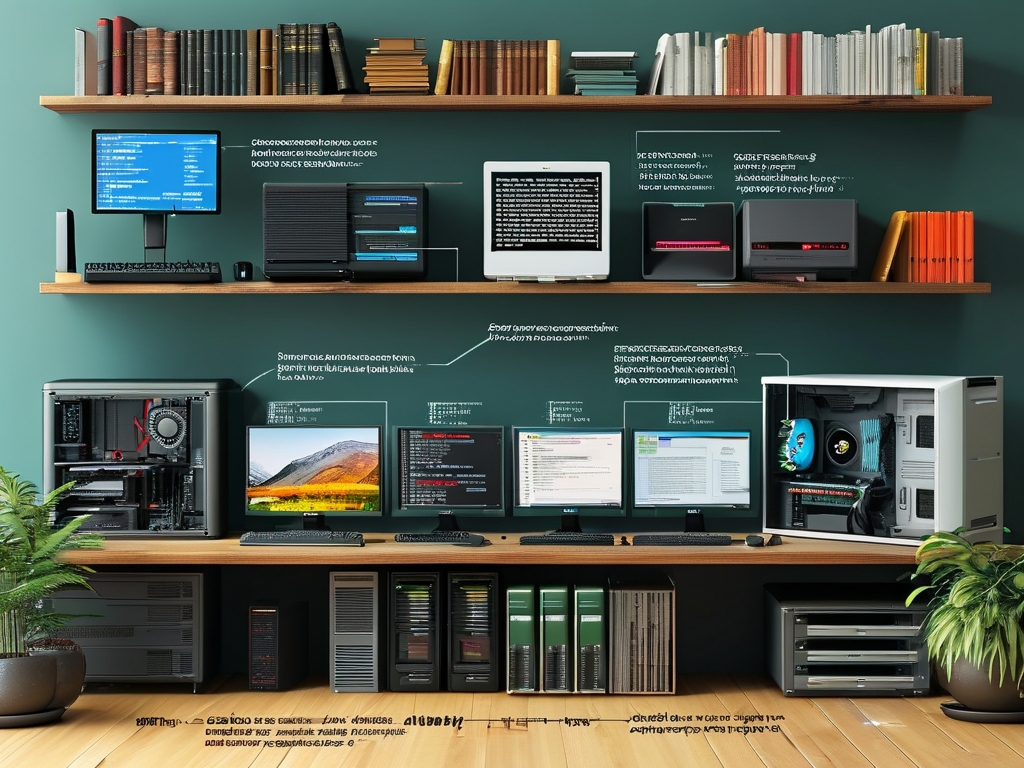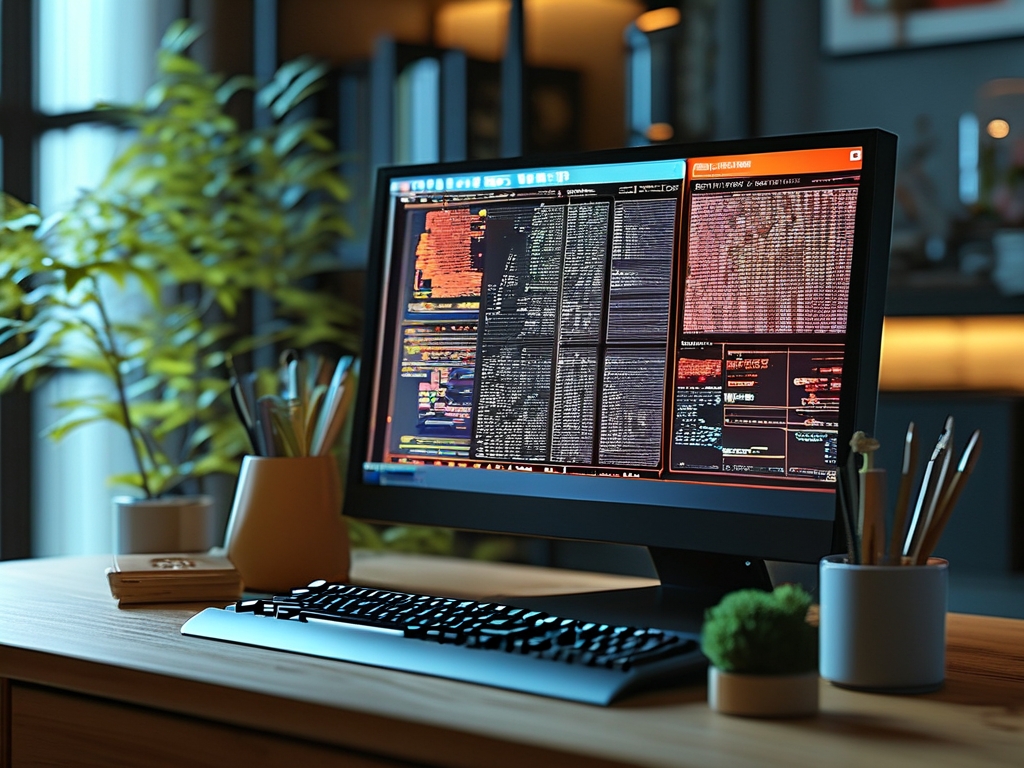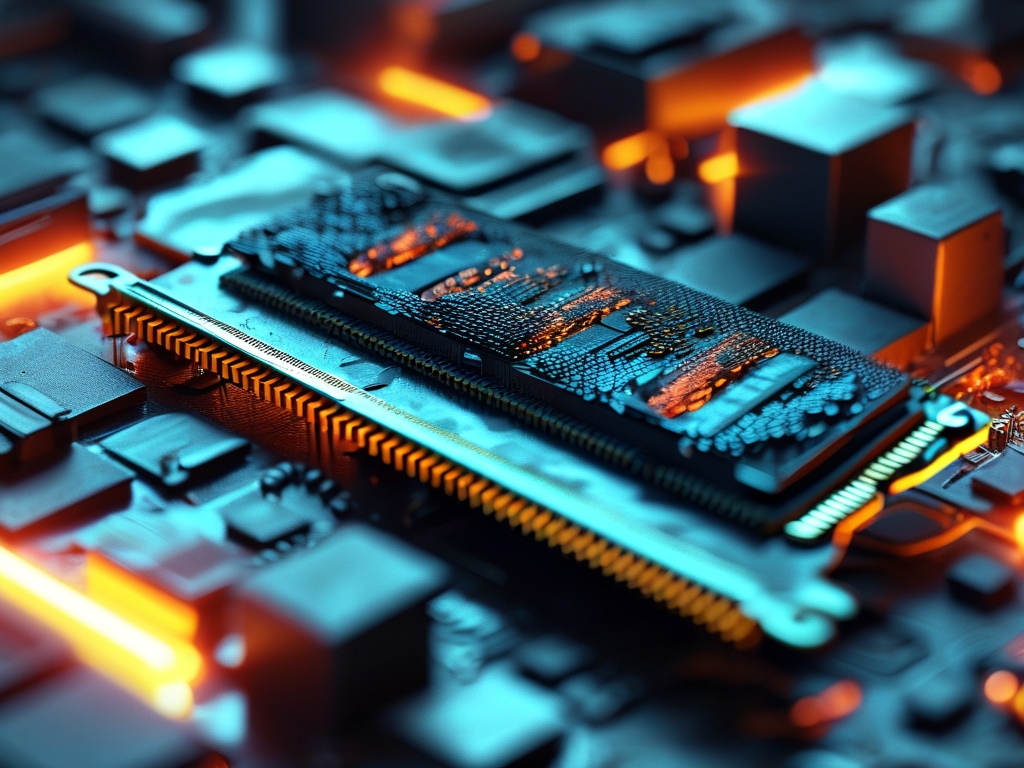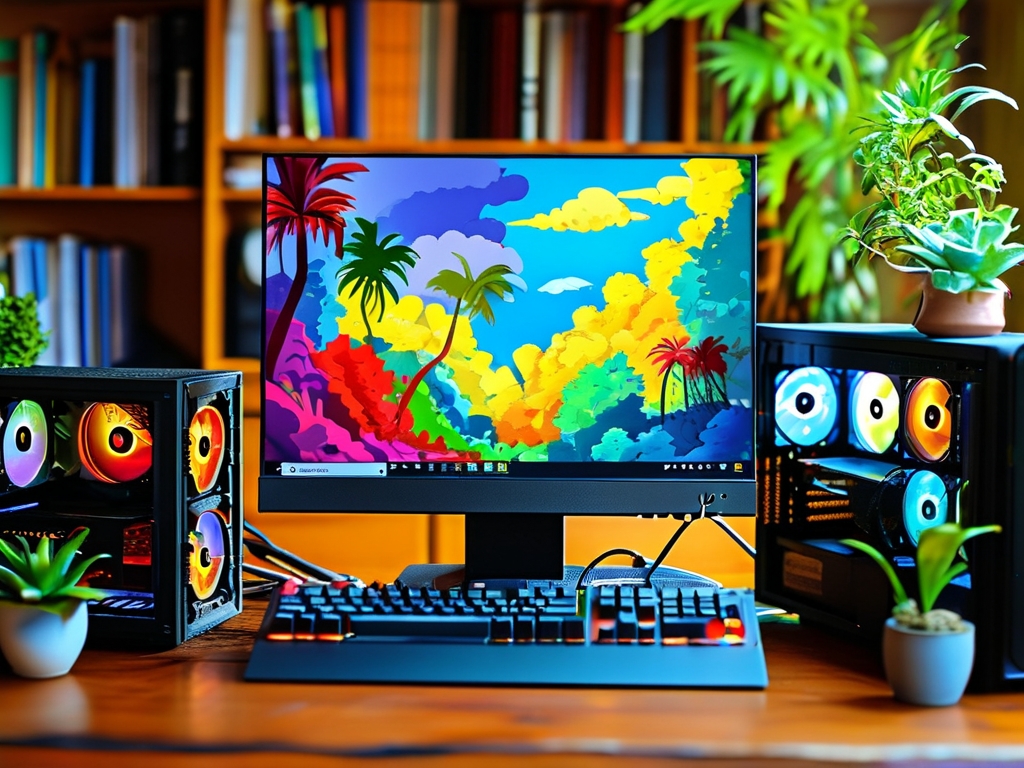Memory frequency, often referred to as RAM speed, is a critical factor in determining a computer’s performance. It dictates how quickly data can be read from or written to the memory modules, influencing tasks ranging from gaming to multitasking. Understanding how computers detect and utilize memory frequency requires a dive into hardware specifications, software tools, and system configurations. This article explores the technical aspects of memory frequency detection, methods to check it, and its practical implications.
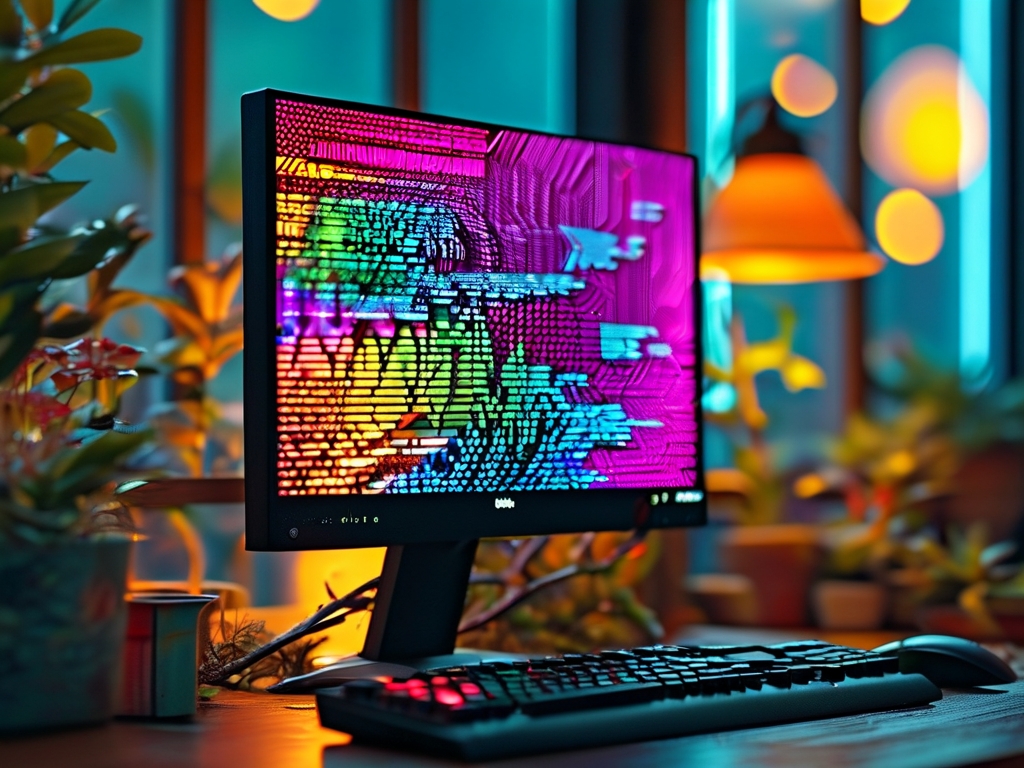
What Is Memory Frequency?
Memory frequency, measured in megahertz (MHz), represents the speed at which a memory module operates. Modern DDR4 and DDR5 RAM modules, for example, advertise frequencies like 2400 MHz, 3200 MHz, or higher. This value reflects the number of data transfer cycles the RAM can perform per second. However, due to the Double Data Rate (DDR) technology, the effective speed is often double the base frequency. For instance, a DDR4-3200 module actually operates at a base clock of 1600 MHz but achieves 3200 million transfers per second.
How Computers Detect Memory Frequency
Computers rely on a combination of hardware and firmware to identify memory frequency:
- SPD Chip: Every RAM module contains a Serial Presence Detect (SPD) chip, which stores preconfigured data about the module, including its default frequency, timings, and voltage. During boot-up, the system’s BIOS/UEFI reads this data to initialize the RAM at a compatible speed.
- BIOS/UEFI Settings: The motherboard’s firmware (BIOS/UEFI) acts as an intermediary between the hardware and operating system. It detects the SPD data and applies settings either automatically or based on user-defined overclocks.
- Operating System Tools: Once the OS loads, it accesses memory information through drivers and system APIs. Tools like Windows Task Manager or Linux command-line utilities parse this data to display memory speed.
Checking Memory Frequency: Step-by-Step Methods
1. Using Built-in OS Tools
- Windows:
- Open Task Manager (Ctrl + Shift + Esc), navigate to the Performance tab, and select Memory. The speed is listed as "Speed" (e.g., 3200 MHz).
- Use Command Prompt: Run
wmic memorychip get speedto list the frequency of each installed RAM module.
- Linux:
- Execute
sudo dmidecode --type memoryto view detailed RAM information, including frequency. - Use
lshw -short -C memoryfor a concise summary.
- Execute
- macOS:
- Click the Apple logo > About This Mac > System Report > Memory to see RAM details.
2. Third-Party Software
Applications like CPU-Z, HWiNFO, and AIDA64 provide granular insights:
- CPU-Z: Launch the tool, go to the Memory tab, and check the "DRAM Frequency" value. Note that this displays the base clock; double it for the effective DDR speed.
- HWiNFO: This comprehensive tool lists real-time data, including each module’s configured and maximum supported frequencies.
3. BIOS/UEFI Interface
Restart the computer and enter the BIOS/UEFI (typically by pressing Del, F2, or F10 during boot). Navigate to the memory or overclocking section to view the current RAM speed. Advanced users can adjust frequencies here, though improper settings may cause instability.
Why Memory Frequency Matters
Higher memory frequencies reduce latency in data-intensive tasks:
- Gaming: Faster RAM improves frame rates and reduces stuttering, especially in CPU-bound scenarios.
- Content Creation: Video editing and 3D rendering benefit from quicker data transfers between the CPU and RAM.
- Multitasking: Systems with high-frequency RAM handle simultaneous applications more smoothly.
However, diminishing returns occur beyond certain thresholds. For example, upgrading from 2400 MHz to 3200 MHz may yield noticeable gains, but jumping to 4800 MHz might offer minimal improvements unless paired with a high-end CPU.
Overclocking and Compatibility
Many users overclock RAM to exceed factory-set frequencies. This requires:
- A motherboard that supports overclocking (e.g., Intel’s Z-series or AMD’s X-series chipsets).
- RAM modules rated for higher speeds (e.g., "XMP" or "DOCP" profiles).
- Adequate cooling to prevent thermal throttling.
Overclocking tools like Intel’s Extreme Memory Profile (XMP) or AMD’s Direct Overclock Profile (DOCP) simplify the process by applying pre-tested settings.
Common Misconceptions
- "All RAM Runs at Advertised Speeds": By default, most systems run RAM at a conservative base speed (e.g., 2133 MHz for DDR4). Enabling XMP/DOCP in the BIOS is often necessary to achieve rated speeds.
- "Higher Frequency Always Means Better Performance": Real-world gains depend on the workload. A budget office PC may not benefit from 4000 MHz RAM, while a gaming rig might.
- "Mixing RAM Speeds Works Fine": Combining modules of different frequencies forces all RAM to run at the slowest module’s speed, potentially causing instability.
Checking memory frequency is straightforward with modern tools, but interpreting the results requires context. While higher frequencies enhance performance, they must align with the CPU’s capabilities and the user’s needs. By leveraging BIOS settings, system utilities, and third-party software, users can optimize their RAM’s performance and make informed upgrade decisions.



